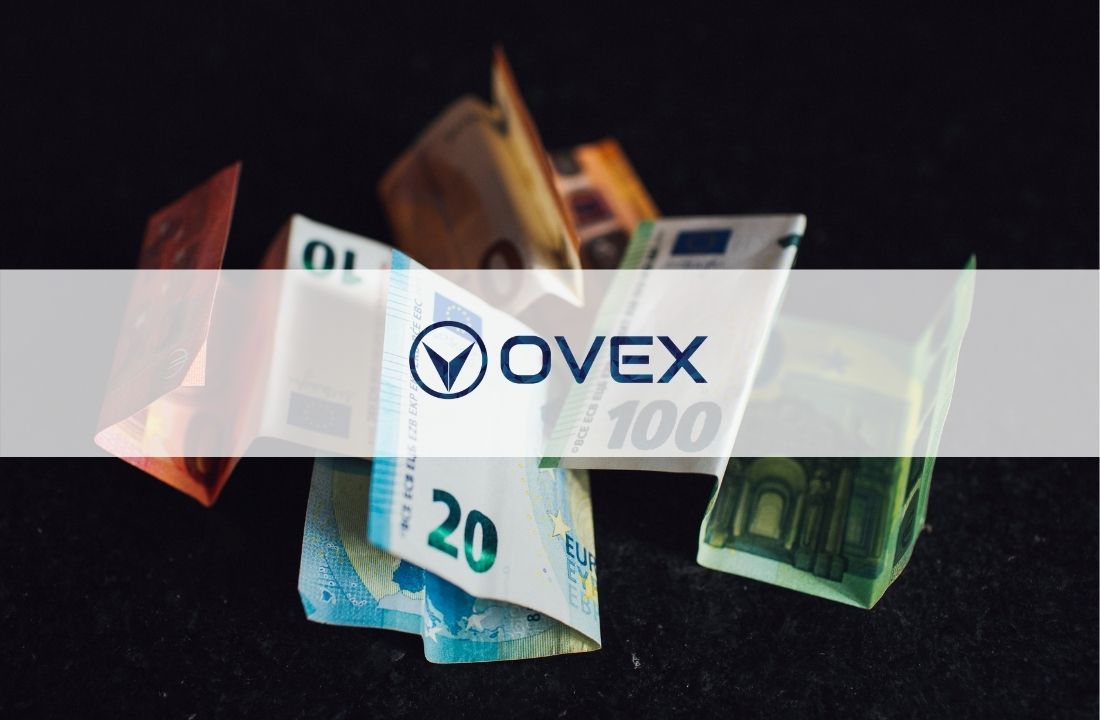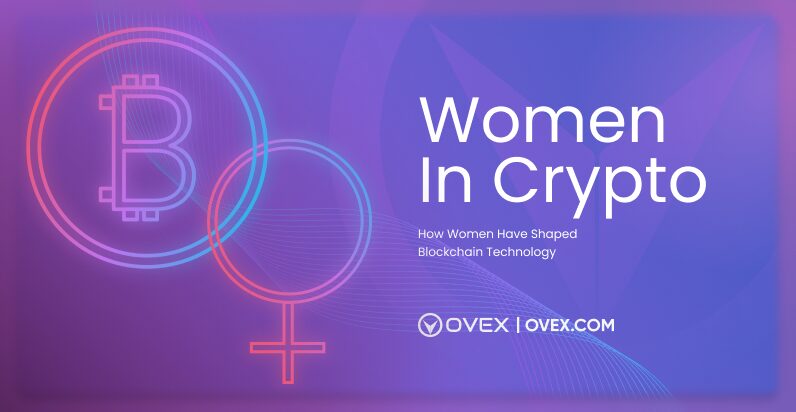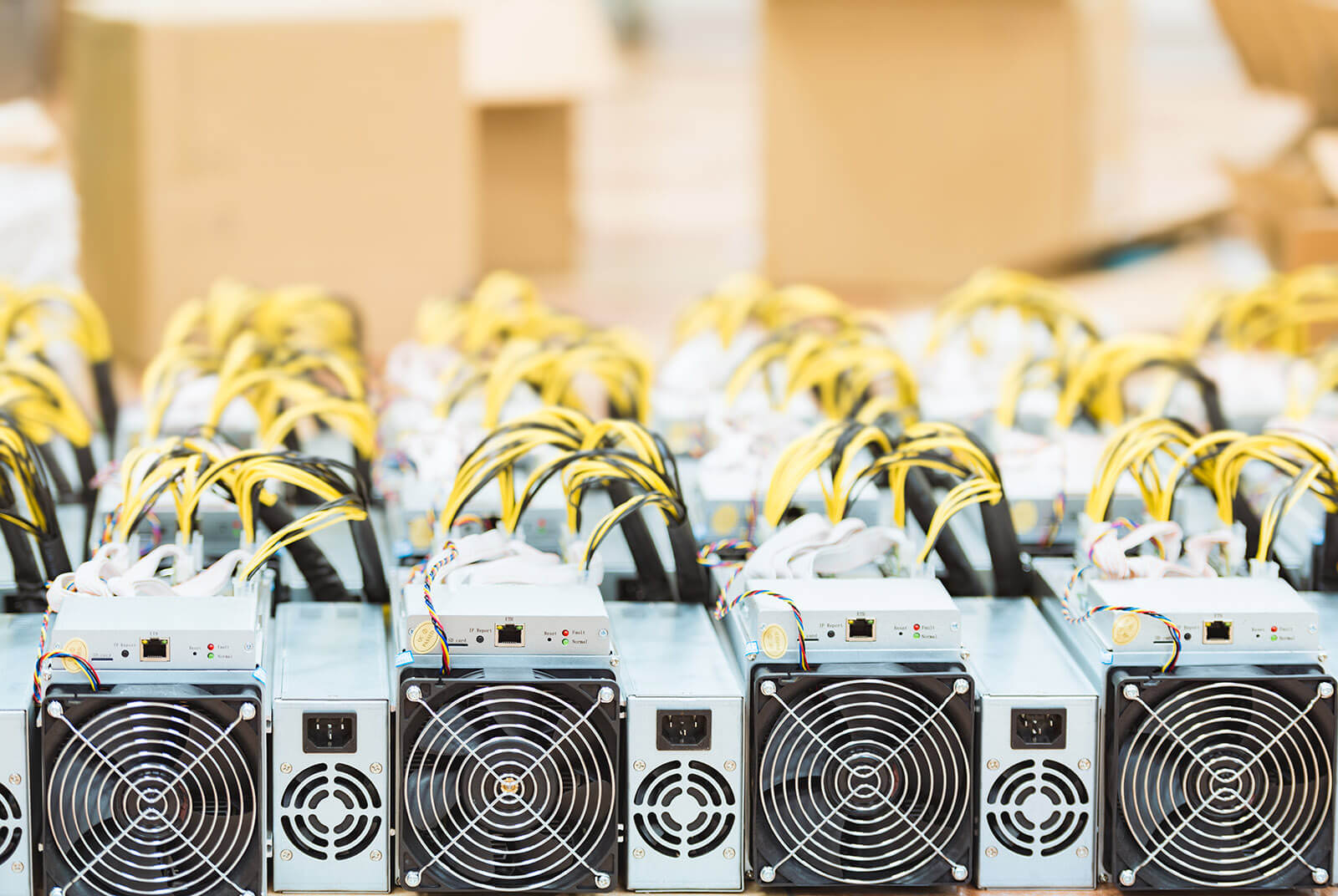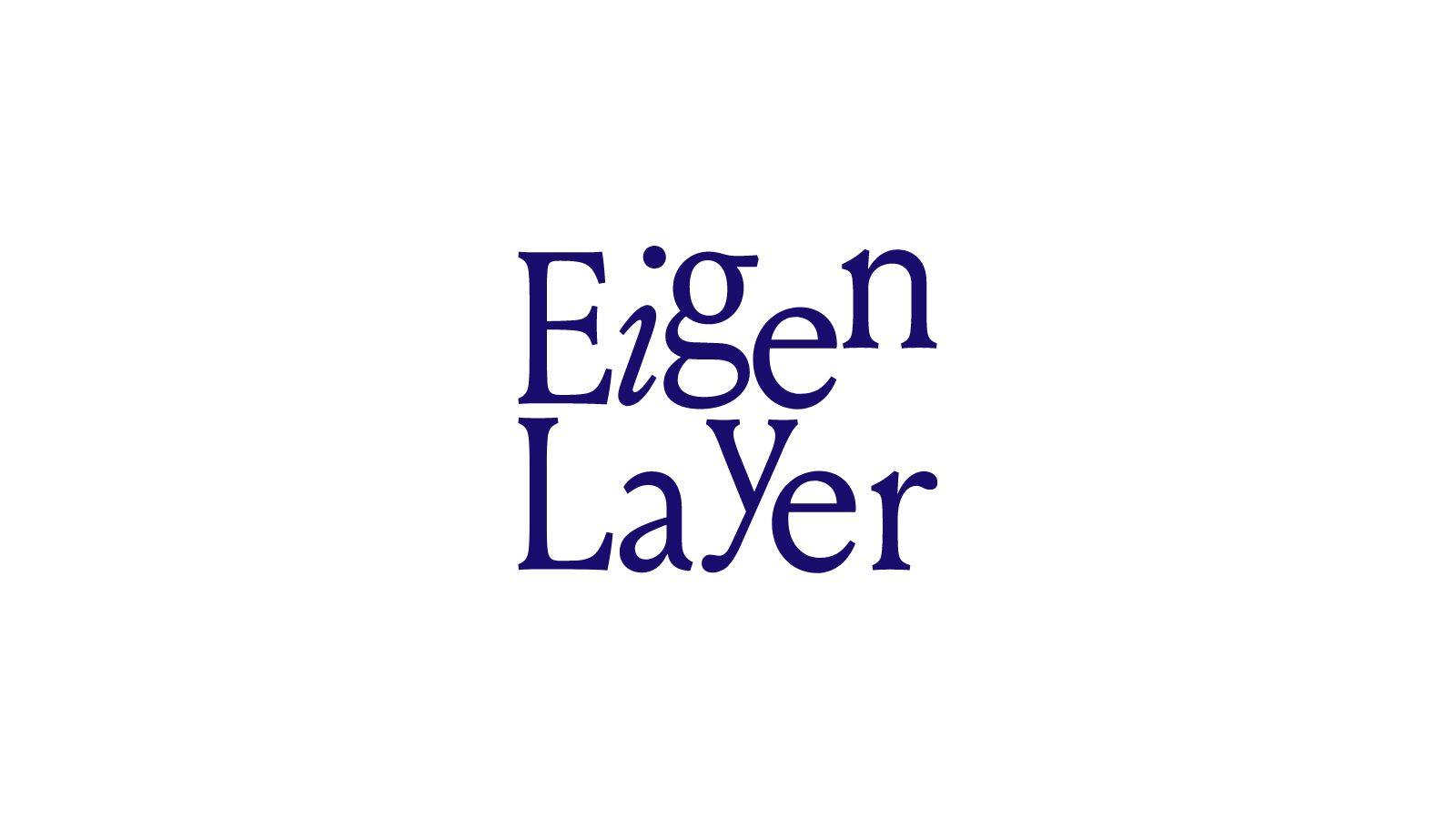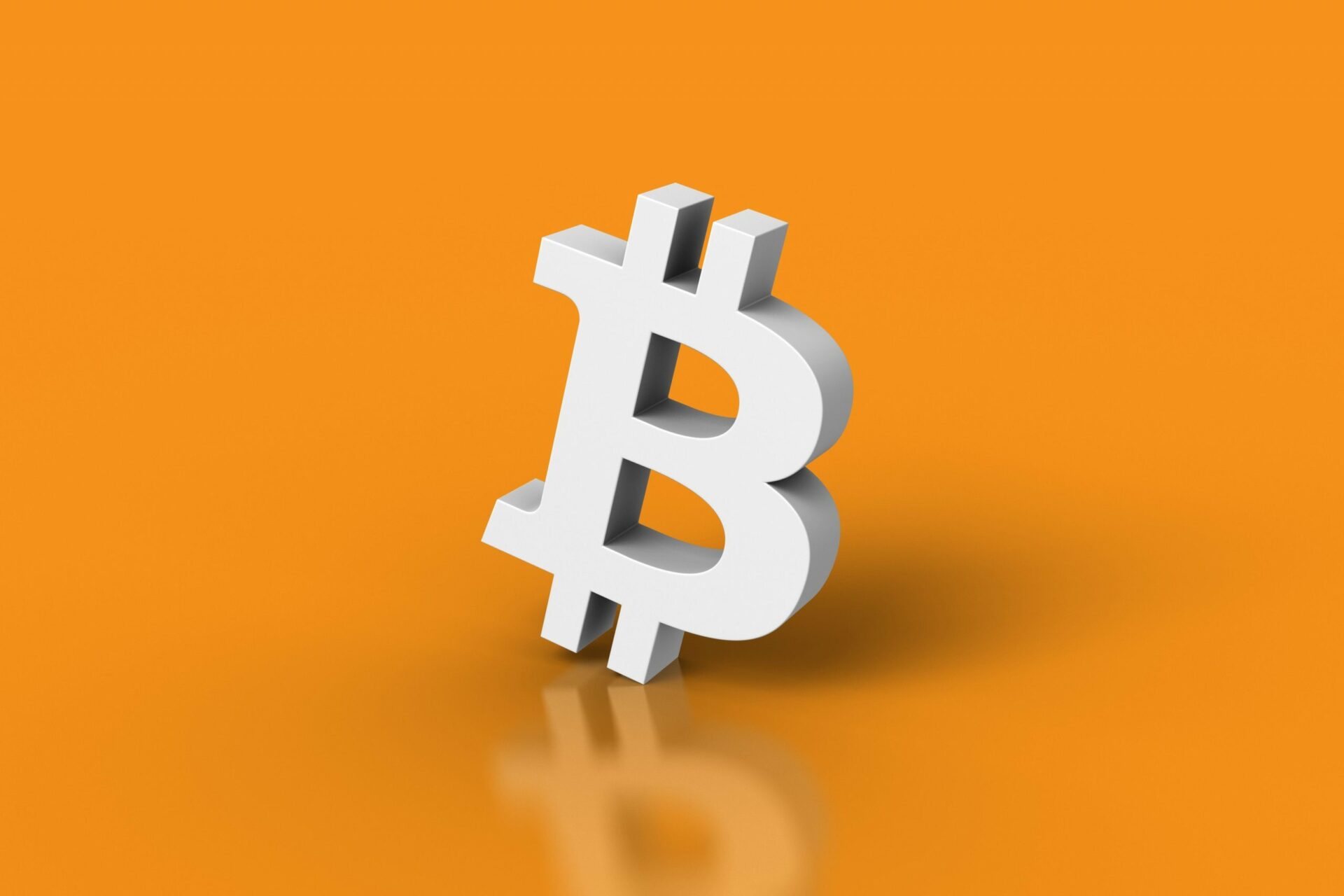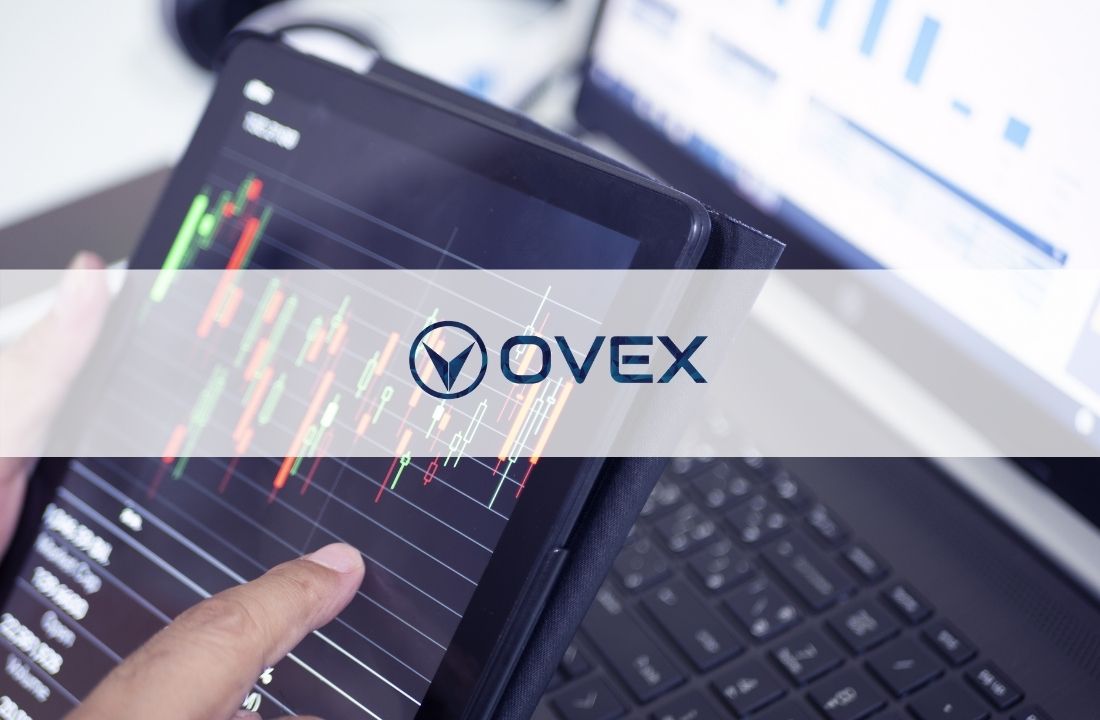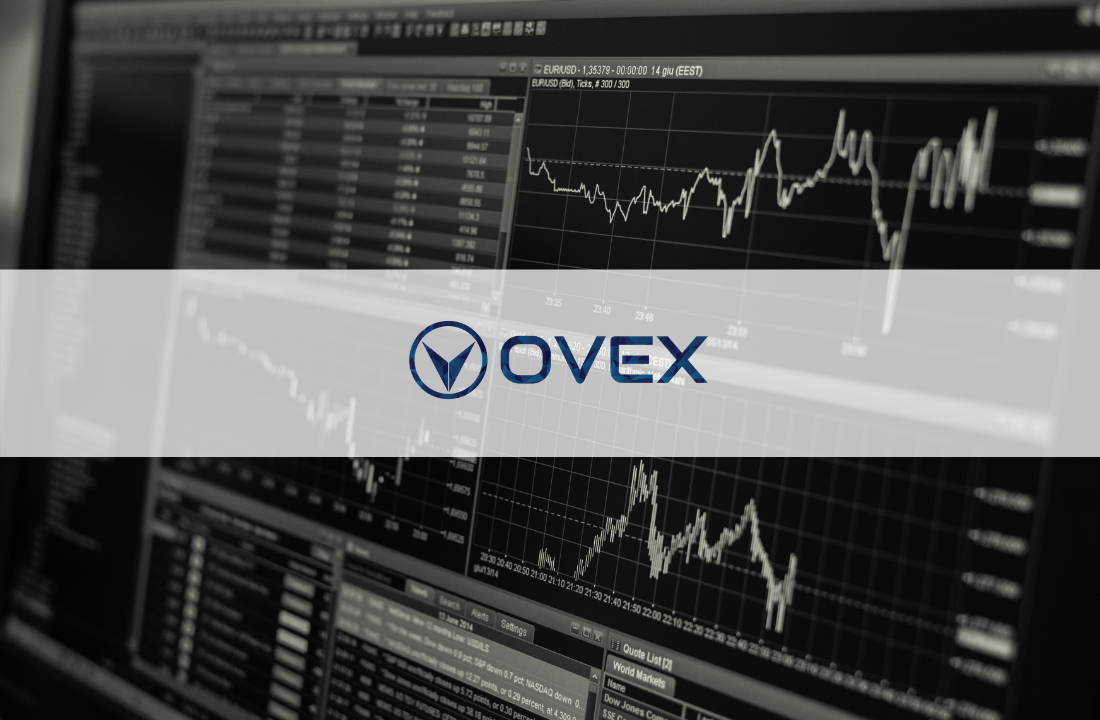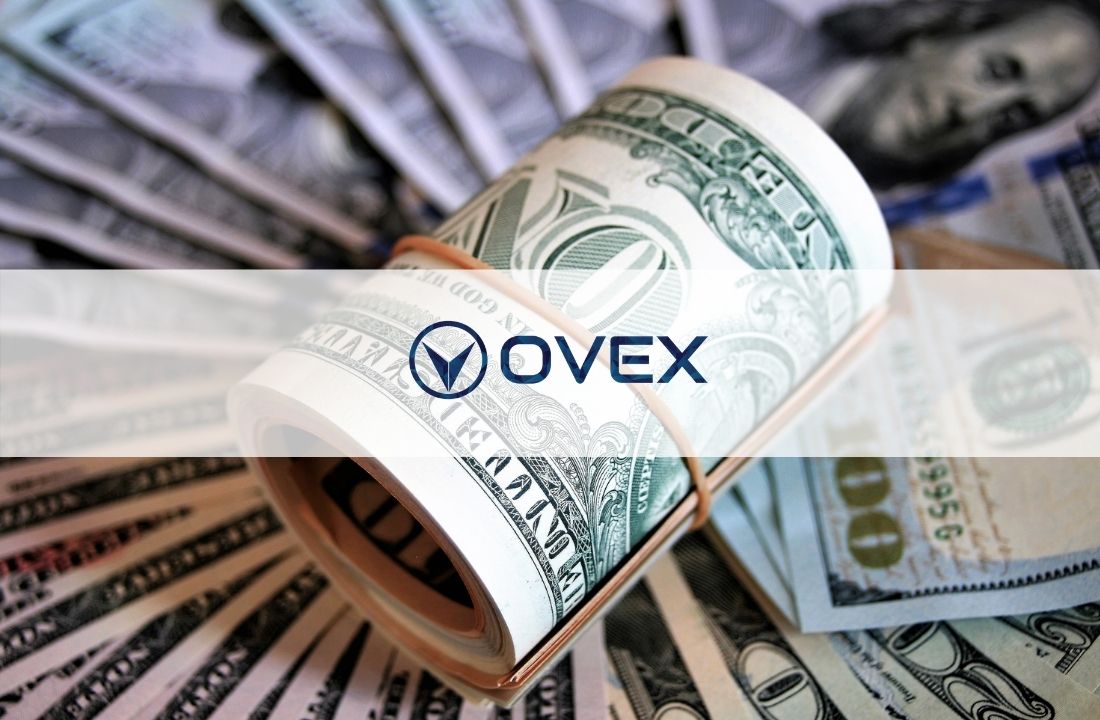Stablecoins. They’re an interesting blend of cryptocurrency-meets-national-tender. They’ve got the nature of blockchain-based financial assets but they leave the volatility at the door. As more money flows into these new settlement layers called blockchains, so too did the risk of liquid pairs and opportunity cost losses. Stable coins were an interesting solution to this problem by providing a digital asset with all the benefits of living natively on a blockchain, but combine it with the trust that local currencies have with investors today.
While many people struggle to get their head around a token like Ethereum or a cryptocurrency like Bitcoin, it’s pretty easy to understand something representing a single fiat currency.
What exactly are stablecoins?
Stablecoins work in the same way as other digital currencies and have almost all of the benefits of cryptocurrencies, with one key difference: They’re pegged to the price of an underlying, already established asset. In essence, this means that they have a 1:1 ratio with a more stable currency like fiat (or national) tender.
The main point of this peg is to try and combat the volatility of other cryptocurrencies like Bitcoin. The rollercoaster values in cryptocurrency can be a cause of concern for investors, and stablecoins seem to offer the best of cryptocurrency without the rise-and-fall nature. Having a cryptocurrency fixed to a currency like the US Dollar also helps users understand an otherwise complicated market a little better.
Find out more about stablecoins and how they work here.
What are the cryptocurrency properties in stablecoins?
Because a stablecoin is a cryptocurrency, it boasts the core characteristics of digital currencies:
- It holds value and the price prescribed to it has meaning.
- It operates as a means to make payments globally.
- It can be transacted between individuals without the need for a third party (peer-to-peer transactions).
- It can be held by the individual without the need for a bank or third-party custodian.
- It can be bought directly or through decentralised exchanges.
And this leads to why the differences between a stablecoin and its underlying asset are so worthwhile looking at.
The difference between stablecoins and forex
One might ask if a cryptocurrency is pegged to a national currency, why bother? Why not just own the established currency? What’s the point of Tether, pegged to the dollar, when the dollar exists?
The short answer: Because of the perks of cryptocurrencies.
The longer answer: Because of these benefits, stablecoins can pave the way to wider adoption of cryptocurrencies. Looking at a couple of the properties cryptocurrencies have – properties that stablecoins share – there are some exciting ways to overcome some of the obstacles from which current financial services suffer.
US dollar vs US dollar-backed stablecoins
Let’s look at the dollar-based stablecoins for example. Tether, TrueUSD, Binance USD are all pegged to the American dollar and are designed to hold a $1.00 price tag despite any volatility in the cryptocurrency market. While they undertake the value of the dollar, they don’t undertake the same issues.
Let’s compare the two, looking some of those properties again:
Instant global payments versus processing delays
Stablecoins offer a way to make borderless payments, so a person can pay someone in Tether from South Africa to someone across the world instantly. With dollars, however, there is a lot more that goes into processing payments across countries. From banking systems to regulations to work with, dollar-to-world payments often face delays before reaching the end bank account.
Peer-to-peer versus intermediary governance
Stablecoins can exist without intermediaries, like banks, and don’t rely on central governance. On the other side of the coin, each dollar is governed by the national banking system and can only exist hand-in-hand with the authority of the central bank. This takes control from the people and puts all of the power into the hands of the regulators.
Buying stablecoins versus traditional forex services
The world of cryptocurrency is still an emergent market, but investors have started to see the benefits of holding and storing digital currencies. The same stands for stablecoins. Exchanges tend to offer competitive fees, making the actual buying of a cryptocurrency an affordable process. Traditional financial services, however, often add mark-ups on forex. This means buying dollars to store if you’re not in America is an expensive endeavour. Stablecoins bypass this with lower fees and secure storage.
How to invest with stablecoins
Unlike usual cryptocurrencies, volatility won’t be in your favour to make a profit buying and storing stablecoins. Because of the 1:1 ratio to an asset, stablecoin investment relies on looking at the economic landscape in what the pegged asset might do. If the dollar rises and you’re holding Tether, you will gain, but it’s unlikely that you’ll be looking at a massive shift.
Instead, it’s worthwhile looking at and considering options that reward you for holding stablecoins. The OVEX Interest Account is an excellent way to earn simply by owning stablecoins. Interest gained annually means you can passively pad your portfolio without any trading or transacting.
Ready to trade cryptocurrency in South Africa?
Ovex is one of South Africa’s fastest-growing cryptocurrency exchanges; not only do we offer South Africans the chance to buy and sell digital assets like Bitcoin and altcoins, but we offer additional investment products that leverage high-speed trading and exploit arbitrage opportunities in the market.
If you’re ready to invest or want to start trading digital assets in South Africa, then sign up for Ovex today
